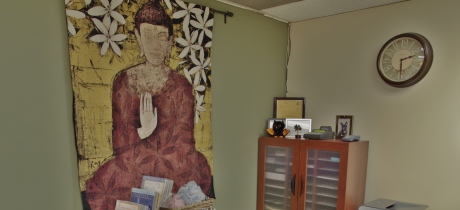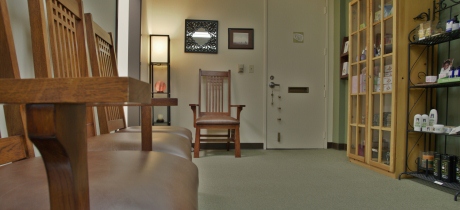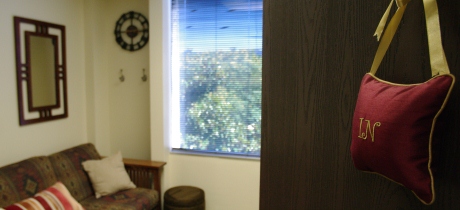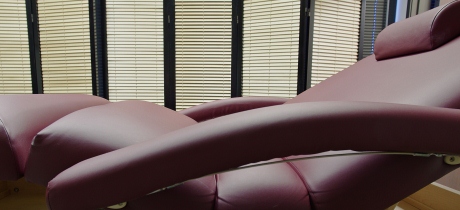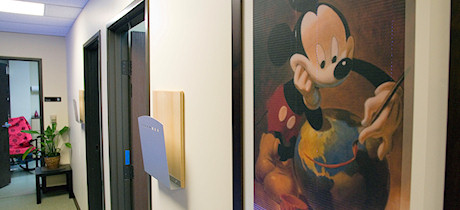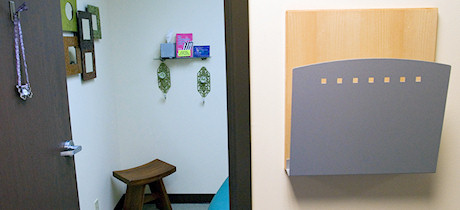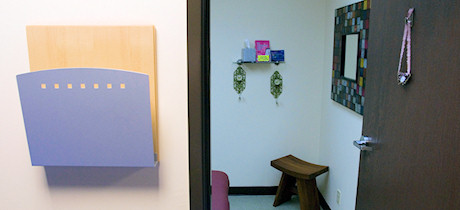Tui Na
Tui na or tuina (pronounced (tōō·ē nä)) is a hands-on body treatment
that uses the practitioner’s hands to diagnose through palpation and treat
diseases and illnesses with a variety of manual techniques.
The Tui-Na practitioner will then tailor-make a treatment protocol to each
individual patient based on the specifics of their particular situation to
effect a cure. The practitioner may brush, knead, roll/press, and rub the
areas between each of the joints, known as the eight gates, to attempt to
open the body's defensive (wei) qi and get the energy moving in the
meridians and the muscles. The practitioner may also use range of motion,
traction, and massage, with the stimulation of acupressure points. These
techniques aid in the treatment of both acute and chronic musculoskeletal
conditions.
Tui na is an integral part of TCM and is taught in TCM schools as part of
formal training in Oriental medicine.
Tui-Na’s Chinese origins lie some two thousand years ago with the advent
of the canonical texts Huang Di Nei Jing (a classical text we still study
in California) and Huang Di Qi Bo Anmo Jing. At that time in Chinese
history, manual therapy was known as "an-mo" [an - to press, mo - to
grind]. The Huang Di Nei Jing made reference to some dozen or so manual
therapy techniques as an effective treatment method for problems such as
arthralgia (bi) syndromes, flaccidity (wei) syndromes, deviation of the
eye and mouth, and stomachache.
During the Han Dynasty, the famed physician, Zhang Zhongjing, expounded on
the idea of massaging patients with certain medicated ointments in his
legendary text, Jin Kui Yao Lue (Prescriptions from the Golden Cabinet).
This type of manual therapy was called "gao mo".
